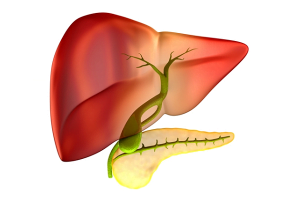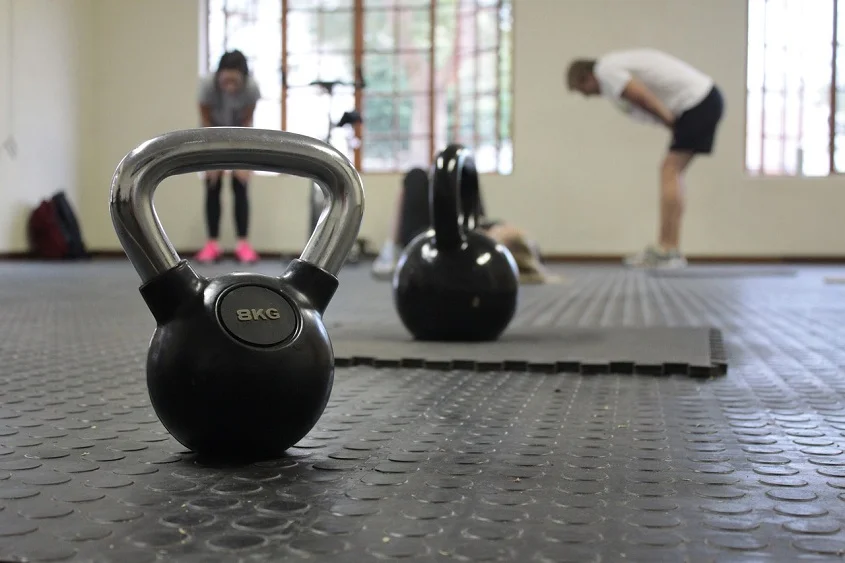Whether you’re an athlete looking to improve your grip strength or develop a well-rounded upper body, incorporating forearm exercises with kettlebells into your routine can yield impressive results. Within the scope of this post, we’ll look at 15 effective kettlebell routines designed exclusively to target your forearms. You’ll be well on your way to achieving more strength and resilience in this crucial area if you do so.
The Importance Of Forearm Strength
Before we get started, let’s talk about why forearm strength is vital. Your forearms are essential in various daily activities, from lifting objects to making gripping motions. Athletes competing in rock climbing, martial arts, and tennis rely primarily on forearm strength to excel. Muscular forearms can help you increase your grip, wrist stability, and total upper body strength, which leads to more excellent performance in sports and everyday life.
Kettlebell Farmers Walk
Maintain a neutral wrist position while holding a kettlebell in each hand. Walk a set distance while engaging your core and stabilizing your shoulders. This exercise strengthens your forearms, grip strength, and overall body stability.
Kettlebell Dead Hang
Hang a kettlebell from a pull-up bar with a wrist strap. Allow your body to hang while grabbing the kettlebell, keeping your shoulders relaxed and your core engaged. This exercise applies consistent tension to your forearms, which aids in developing endurance.
Kettlebell Crush Grip Goblet Squat
Hold a kettlebell by the horns with both hands close to your chest. Maintain a firm grip on the kettlebell as you complete a goblet squat. This compound movement works not just your forearms but also your core and lower body muscles.
Kettlebell Wrist Extensions
Place your forearm on your thigh, palm down, and sit on a bench. Overhand grasp the kettlebell and let your wrist hang off the edge of your leg. Raise the kettlebell slowly by extending your wrist high, then lower it. This workout works the forearm extensor muscles.
Kettlebell Bottoms-Up Clean And Press
Hold the kettlebell by the handle, upside-down, with the bell facing up. Perform a clean and press, beginning with a squat and progressing to an overhead press. The bottoms-up grip’s unstable nature utilizes the forearm muscles to stabilize the kettlebell.
Kettlebell Finger Curls
Place your forearm on your thigh, palm up, and sit on a bench. Hold the kettlebell with your fingers, allowing it to rest against your palm. Lift the kettlebell with your fingers curled, then extend them again. This workout works the forearm finger flexor muscles.
Kettlebell Plate Pinch Carry
Make a pinch hold by pinching two kettlebell plates with your thumb and fingers. Walk a set distance while keeping your grasp on the plates. This exercise is excellent for developing pinch grip strength, which leads to increased total forearm strength.
Kettlebell Wrist Flexions
Sit on a bench with your forearm resting on your thigh, palm facing up, similar to wrist extensions. Take an underhand grip on the kettlebell and let your wrist hang off the edge of your thigh. Raise the kettlebell by flexing your wrist higher and then lowering it. This workout works the forearm flexor muscles.
Kettlebell Hammer Curls
In each hand, use a neutral grip (palms facing your body) to hold a kettlebell. Keep your wrists aligned with your forearms as you curl the kettlebells upward. This twist on the conventional curl stimulates the forearms in a new way, aiding in developing well-rounded strength.
Kettlebell Suitcase Deadlift
Place a kettlebell beside each of your feet. With a neutral grip, flex at the hips and knees to bring up the kettlebells while keeping your back straight. This exercise’s grip challenge trains your forearms while simultaneously working your hamstrings, glutes, and lower back.
Kettlebell Zottman Curls
Hold a kettlebell in each hand with an underhand grip (palms facing upward). Keep your wrists aligned with your forearms as you curl the kettlebells upward. Rotate your wrists so your palms face down at the top of the curl, then slowly descend the kettlebells. This movement works both the forearm flexors and extensors.
Kettlebell Single-Arm Farmers Carry
Holding a kettlebell in one hand, walk a set distance while maintaining good posture. This workout tests your core and grip strength, emphasizing the forearm of the hand holding the kettlebell.
Kettlebell Reverse Curls
Hold a kettlebell in each hand with a pronated grip (palms facing downward). Keep your wrists in line with your forearms as you curl the kettlebells upward. This exercise focuses on the muscles on the backside of your forearms.
Kettlebell Fingertip Push-Ups
Put your hands on the kettlebell handles instead of the ground and perform a push-up. Push-ups while balancing on your fingertips, using your forearm muscles to keep your balance.
Kettlebell Wrist Roller
Wind a rope around a stick or a kettlebell. Holding the bar with both hands, twist the stick to roll the kettlebell upward, then lower it back down. This exercise is excellent for forearm and grip strength.
Incorporating Forearm-Targeting Kettlebell Workouts
Consider the following suggestions to incorporate these workouts into your routine successfully:
Warm-Up: Make a proper introduction a priority to boost blood flow to your forearms and lower the risk of damage.
Progressive Overload: Begin with a weight that challenges you without jeopardizing your form. As your forearm strength develops, gradually increase the weight or reps.
Consistency: Seeing results requires consistency. Include these exercises in your training routine regularly to develop long-lasting forearm strength.
Rest and Recovery: Allow enough time between sessions for your forearms to recuperate. Excessive training might result in strain and damage.
Proper Form: Maintain appropriate form during each workout. Poor technique can reduce workout effectiveness and raise the risk of injury.
Conclusion
Muscular forearms are required for daily duties and excelling in numerous sports. You may improve your grip strength, wrist stability, and general upper body power by including these 15 forearm-targeting kettlebell workouts in your training program. Remember that persistence and appropriate form are essential for attaining the best outcomes. So, choose and combine a handful of these exercises to form a well-rounded routine.







